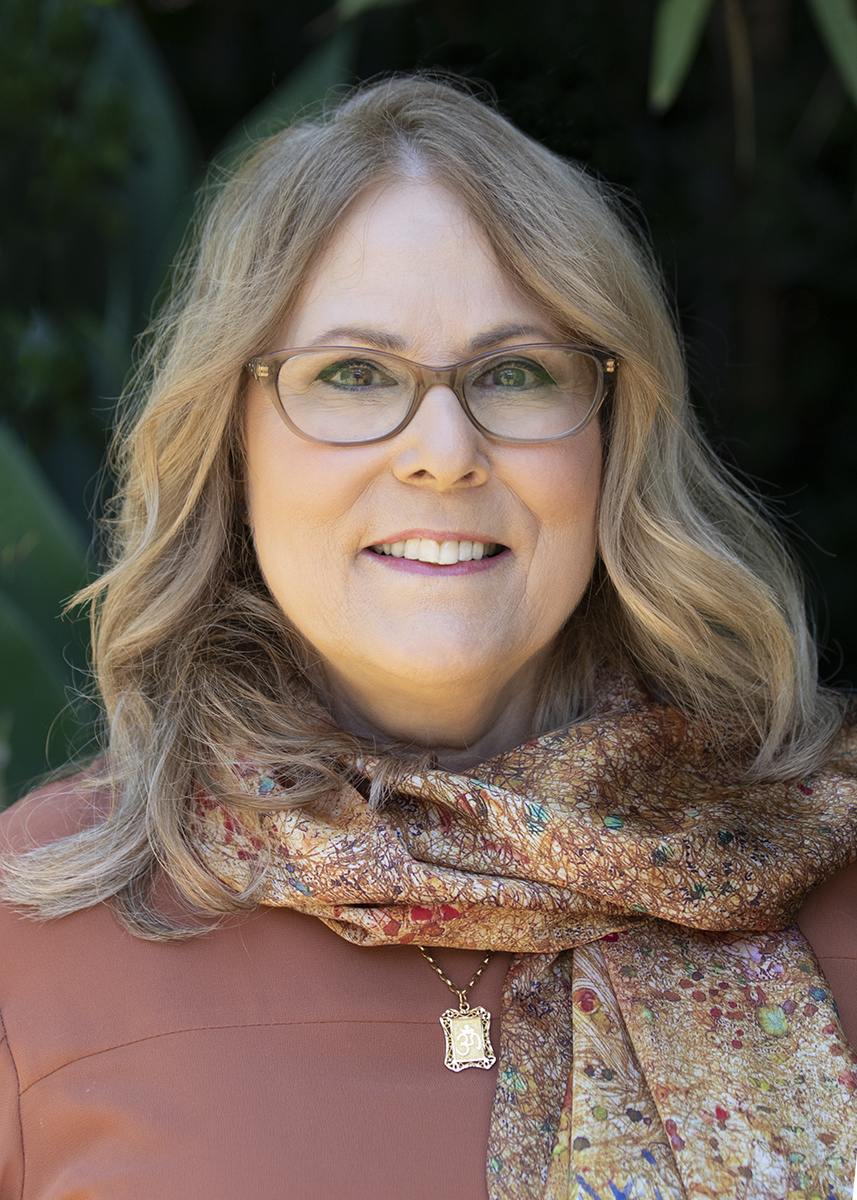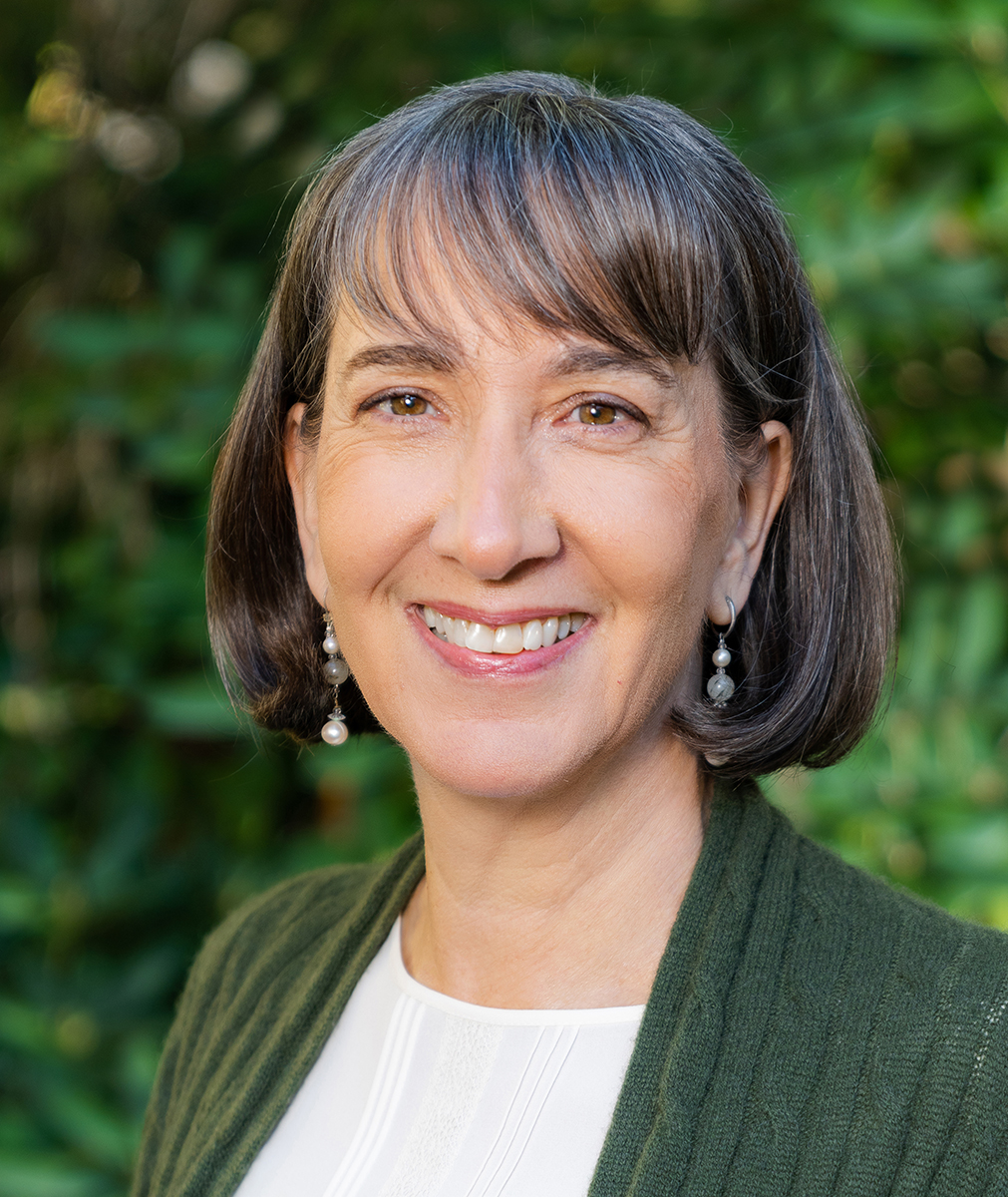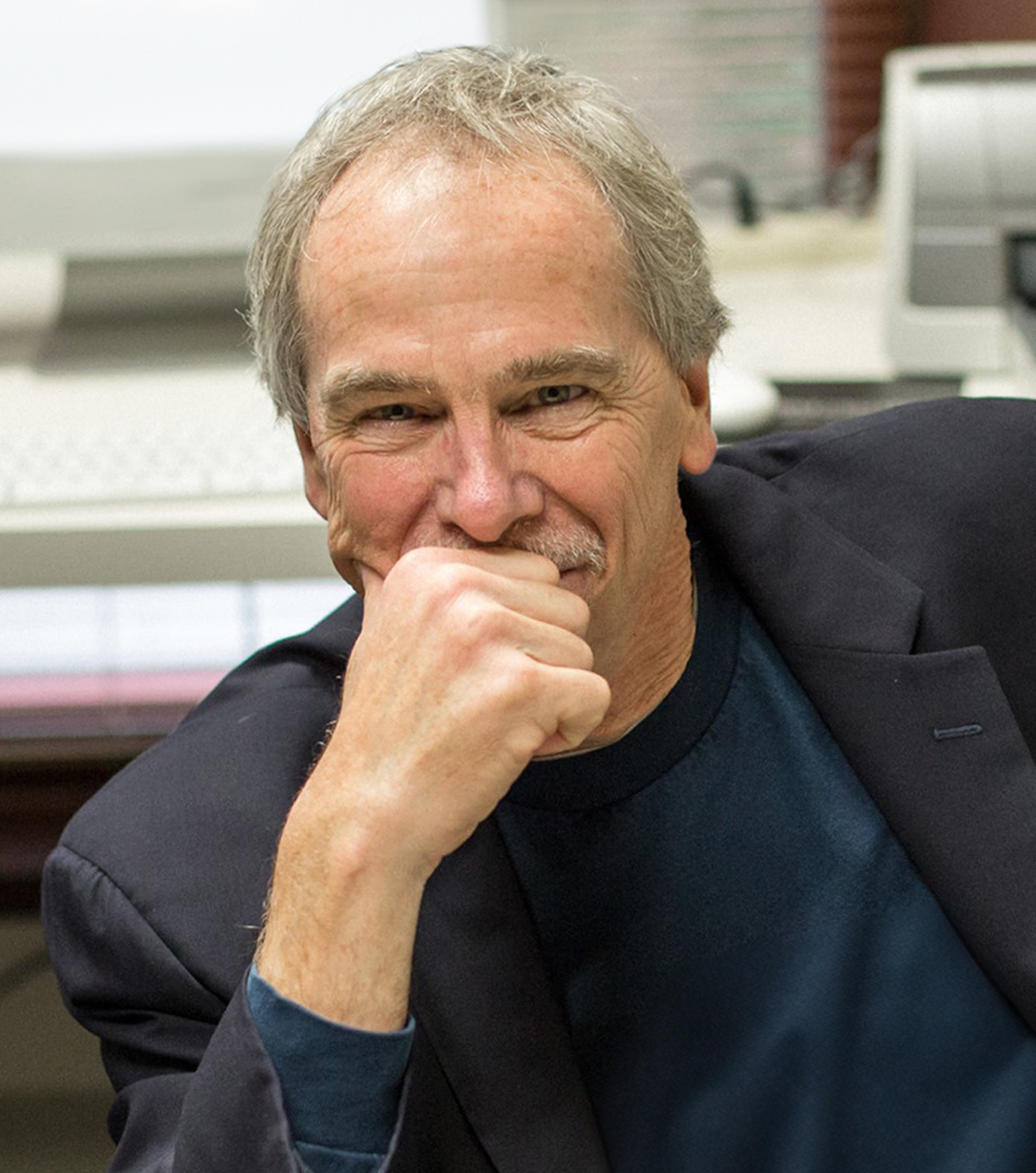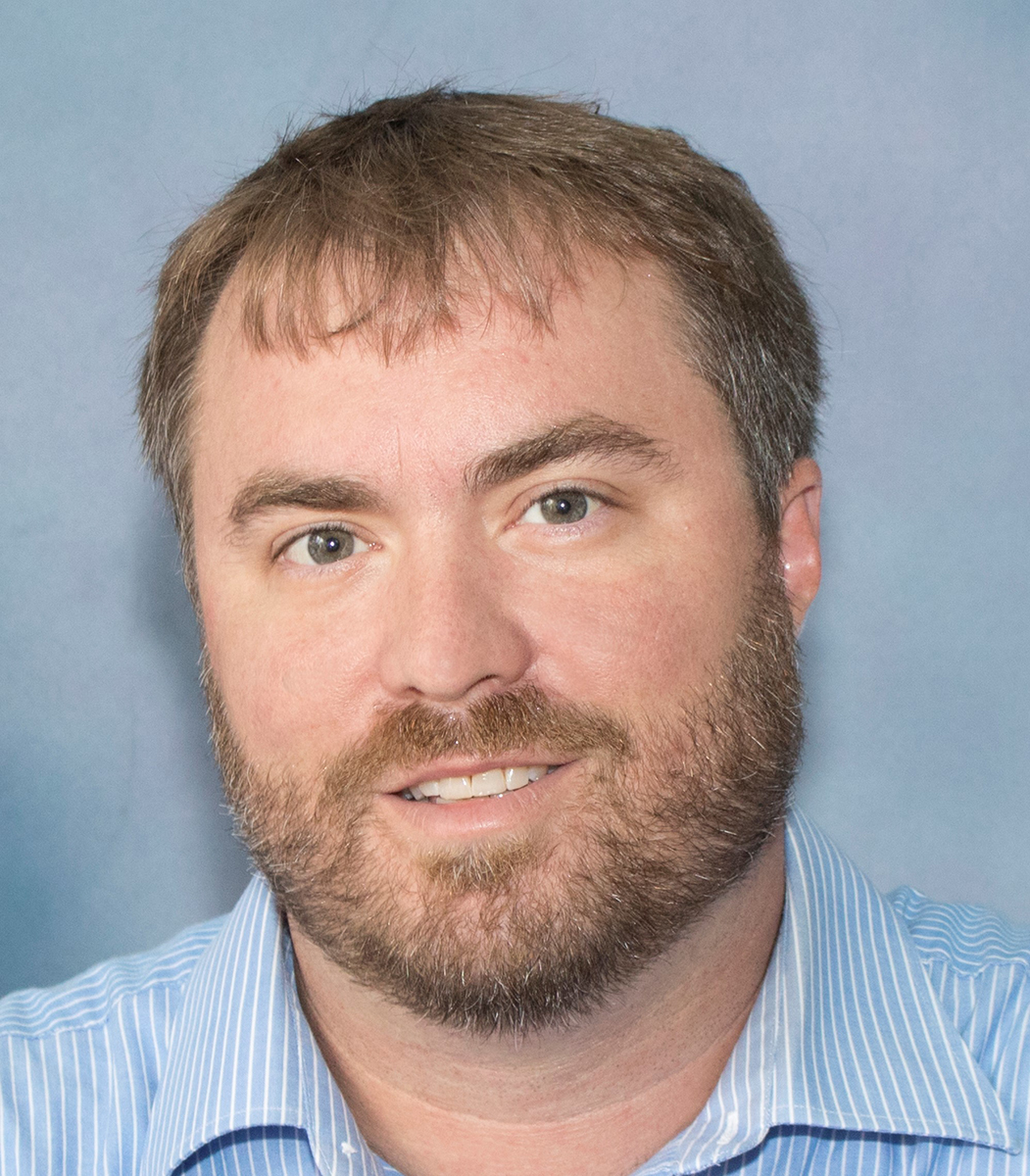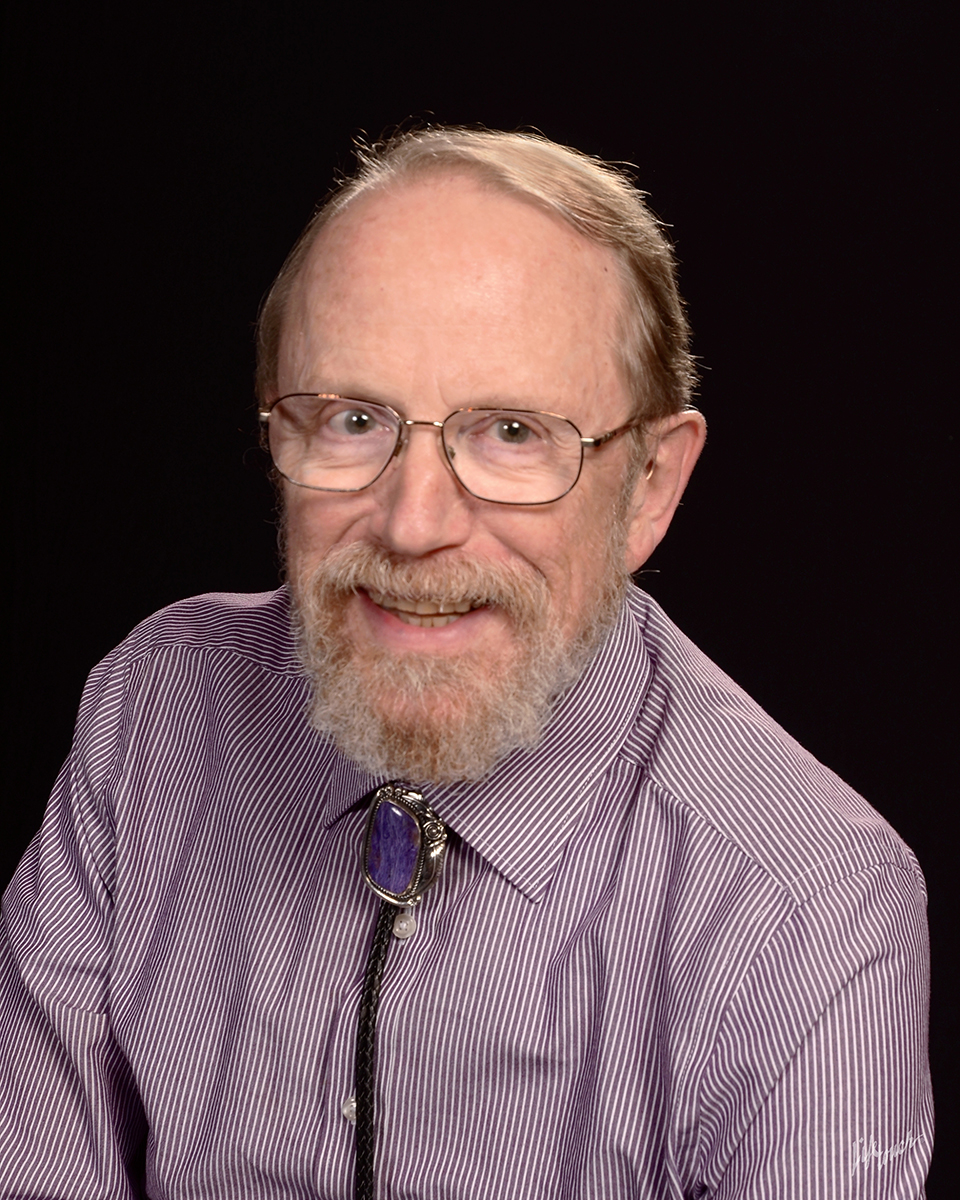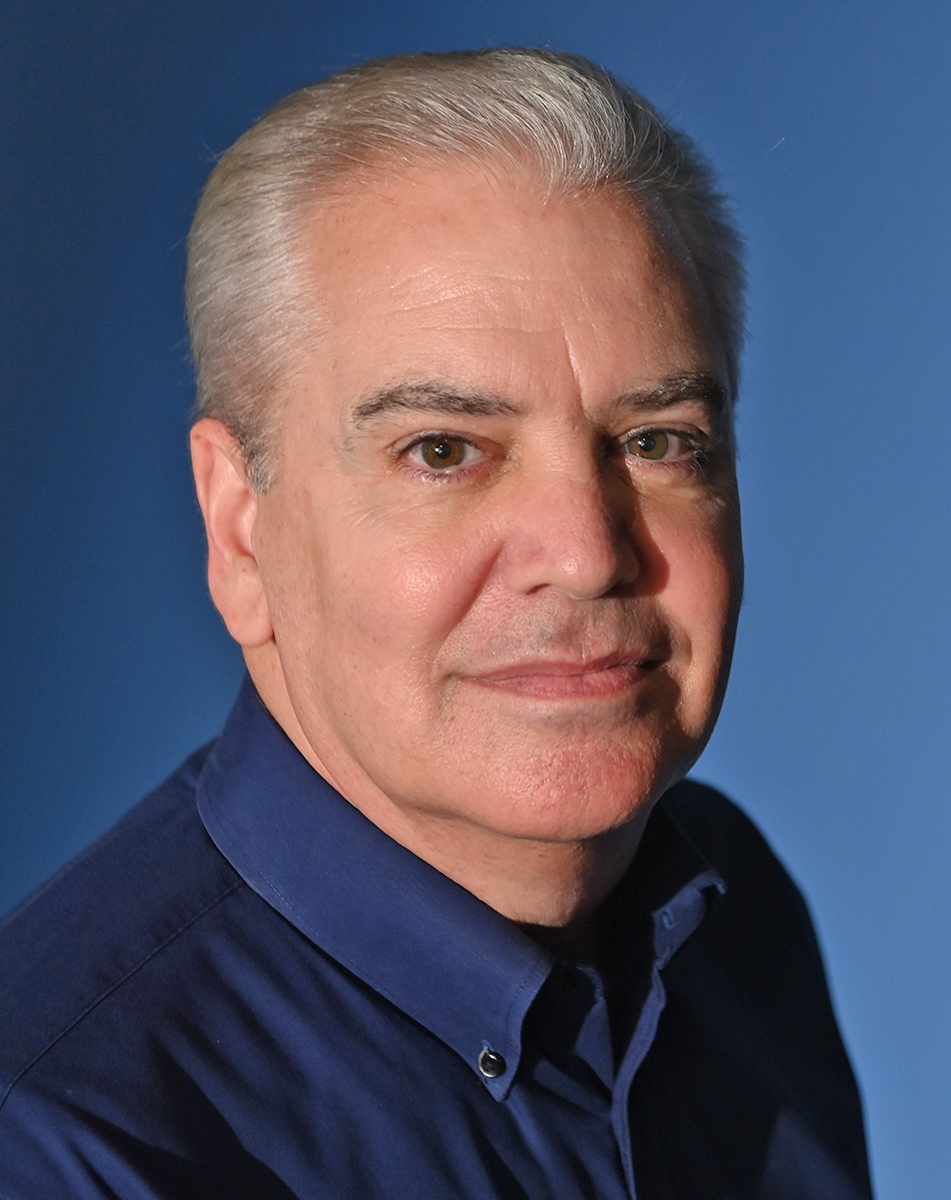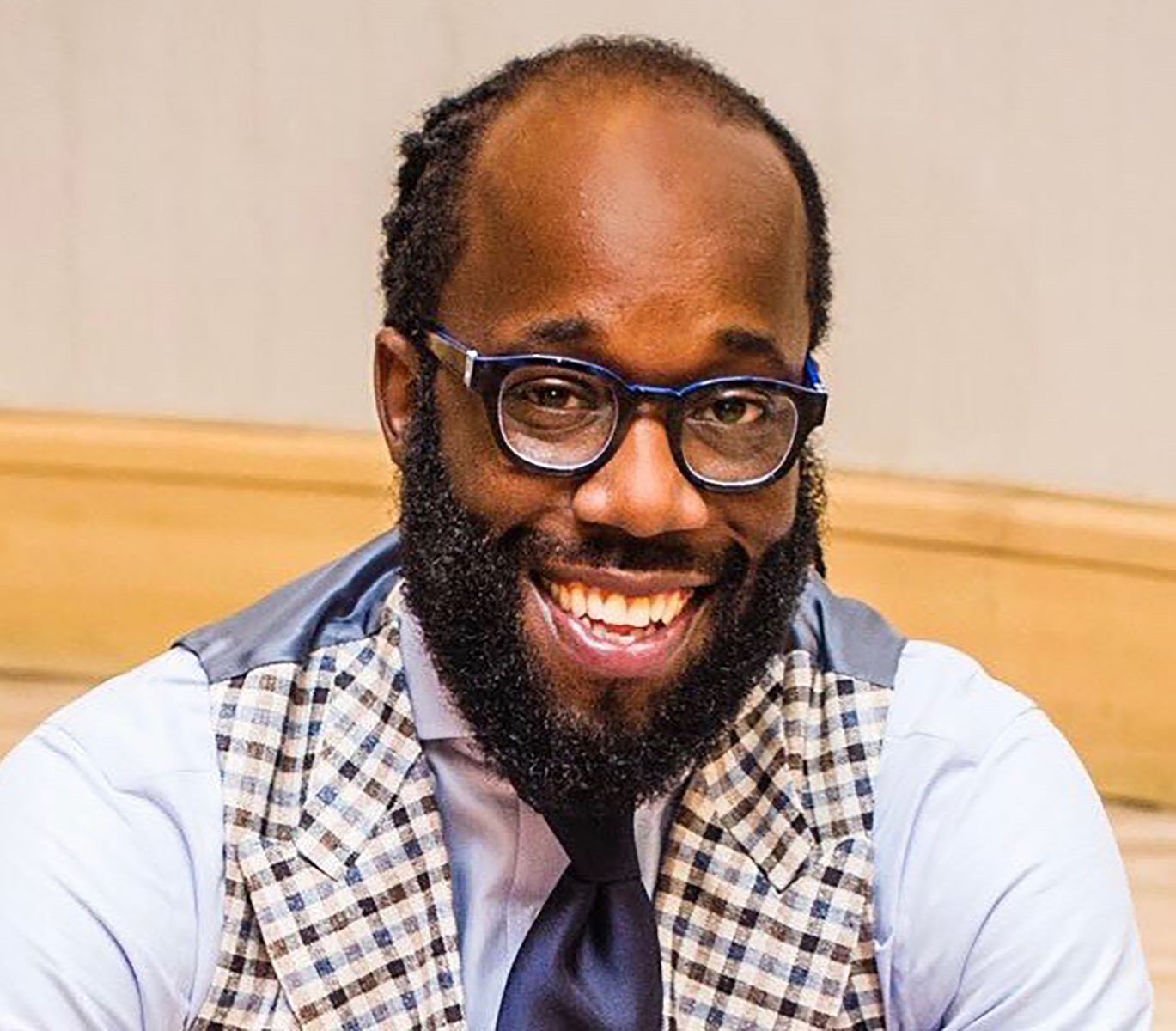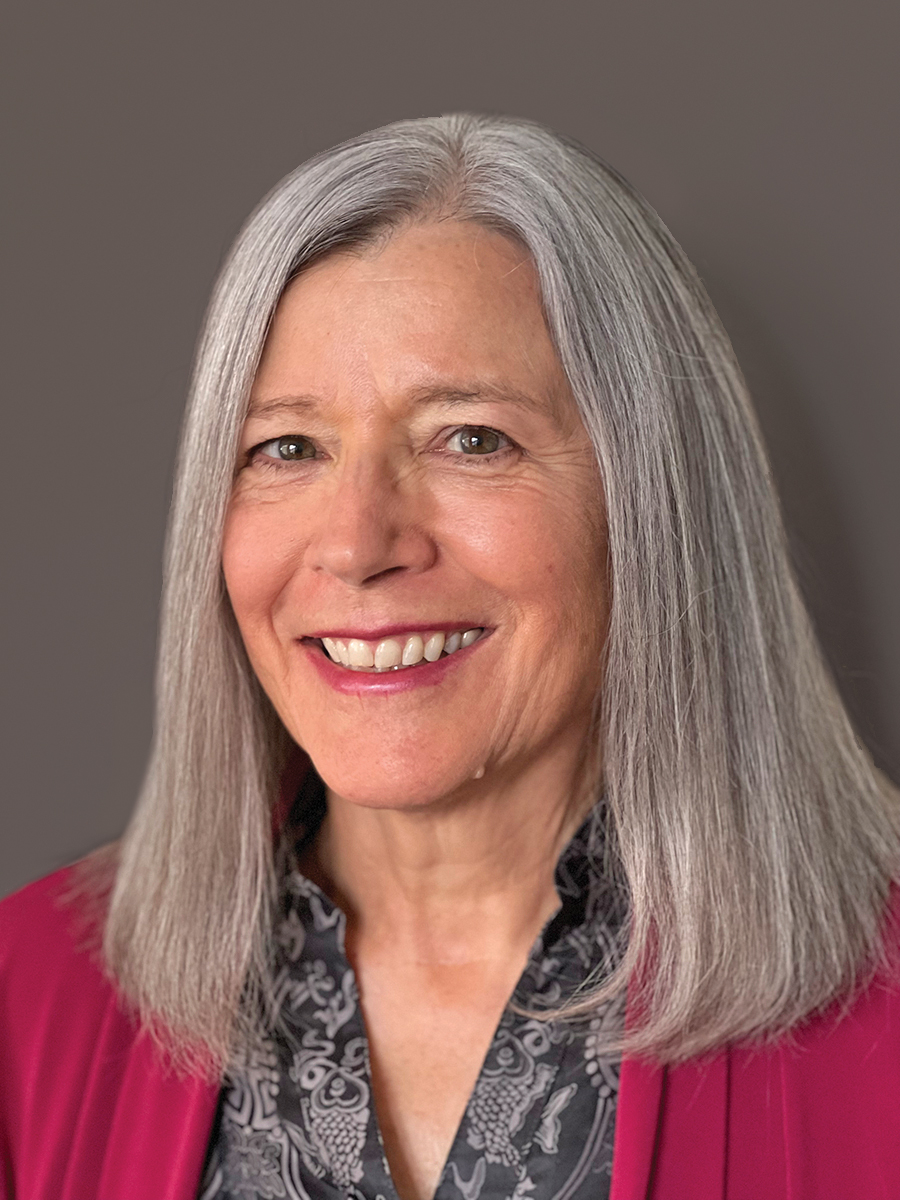Q&A with the Author
- What made you decide to write this book?
- What was the hardest part of writing it, and what was the easiest?
- What is one important lesson or message you hope readers take away from the book?
- Are there any other books that greatly influenced your writing process and/or your research?
- What led you to your specific area of study (the subject of your book)?
- Tell us one fascinating thing about the topic.
- Are there any common misconceptions about the topic?
- What advances do you hope we will see in the next 10 years?
- What made you decide to go into the field of mental health?
- When you are not working, what do you do for fun?
- What is your all-time favorite book?
- Is there a project that you are excited to work on next? (A presentation, a workshop, writing another book, etc.)
Tell us more about your latest book!
What made you decide to write this book?
Randye Semple: First, let me say that I co-wrote The Mindfulness Matters Program for Children and Adolescents with Christopher Willard, PsyD. He has provided his ideas and reflections to this Q&A as well.
I’ve been developing and researching the Mindfulness Matters activities for several years and saw how useful the program was for the K-12 teachers and clinicians who worked with me. Then a wonderful opportunity arose to collaborate with the amazing Chris Willard. The stars aligned and the program was ready for dissemination.
Christopher Willard: 15 years ago I was researching my own dissertation and found Randye’s on Dissertation Abstracts. Ever since then, I’ve been admiring her work and now I’m so honored to be collaborating with her. I think The Mindfulness Matters Program for Children and Adolescents is so important because it helps facilitators who are on the ground in schools really create their own adaptable program rather than being limited by the one size fits all approaches to curricula and manuals that are excellent, but limited.
What was the hardest part of writing it, and what was the easiest?
RS: Without a doubt, the hardest part was developing the Pathways. Although the research support for mindfulness with kids and teens continues to advance, it’s still in the early stages. Protocols are being developed and tested to treat specific problem areas. However, deconstruction studies, which break a protocol down into individual components to test which components are effective, have not yet been done. Chris and I had only our knowledge of the research literature and our clinical experiences to guide us. Because of my experiences facilitating mindfulness groups, it was relatively easy to write instructions and example scripts for individual activities.
CW: Haha, yes, all those pathways were complex, and like kids, hard to figure out what goes in what category diagnostically, and every time you put something (or someone) into a category, it’s limiting at the same time.
What is one important lesson or message you hope readers take away from the book?
RS: Understanding that mindfulness isn’t just something that’s done sitting on a cushion for 20 or 30 minutes a day, but rather is a way of engaging fully with our lives with awareness and compassion.
CW: Exactly, these are skills that you can use at any time, and they are not only effective, but can be fun!
Are there any other books that greatly influenced your writing process and/or your research?
RS: Yes, indeed! But, since I am a lifelong bibliophile, there are far too many to name them all here. My overall approach to teaching mindfulness to kids has been strongly influenced by the developers of Mindfulness-Based Stress Reduction (MBSR) (Jon Kabat-Zinn; Wherever You Go There You Are: Mindfulness Meditation for Everyday Life: Hyperion.); Mindfulness-Based Cognitive Therapy (MBCT) (Zindel Segal, J. Mark G. Williams, and John Teasdale; Mindfulness-Based Cognitive Therapy for Depression: Guilford Press); and Inner Kids (Susan Kaiser-Greenland; The Mindful Child: Free Press).
CW: Literally my favorite book about mindfulness for kids was Randye’s last book, that's why I jumped on this opportunity to collaborate with her! In addition to whom Randye named, I’m also a big fan of Rick Hanson’s and Sharon Salzberg's work.
We are interested in learning more about your expertise.
What led you to your specific area of study (the subject of your book)?
RS: I’ve been a student of Buddhism and practicing meditation for about 30 years, which is an essential part of my personal life. My academic passion for mindfulness with kids began when I was doing graduate research at the University of Auckland (New Zealand), which purely by chance, happened to coincide with the development of MBCT. I connected with the MBSR and MBCT developers, trained with them, and then moved into developing and researching mindfulness tools for children.
CW: My own challenges as a young man led to mindfulness, and ever since then I’ve wanted to share what I’ve seen transform my own complex challenges, and help others learn these skills at a younger age.
Tell us one fascinating thing about the topic.
RS: Mindfulness is not what you think.
CW: Can’t beat that statement!
Are there any common misconceptions about the topic?
RS: Yes. Mindfulness is not “shutting off” thoughts or “clearing the mind.” It is not an escape from reality, passive, hypnotic, addictive, magical, or mystical. Mindfulness is also not religion, although it is part of many religions. Especially for teachers and therapists reading this, mindfulness is not self-indulgent—it is a way of putting the oxygen mask on yourself first. What may be most important to know is that mindfulness isn’t a quick fix—it’s a lifelong practice.
CW I think another misconception is that mindfulness with kids means getting them to sit still. A lot of the activities in the book are artistic, movement oriented, or creative in ways that look a lot different from grown-up mindfulness.
What advances do you hope we will see in the next 10 years?
RS: Mindfulness has already become mainstream. As a clinical researcher, I’d like to see more research that is rigorous on various programs that are being widely implemented with little or no empirical research supporting their effectiveness.
CW: I’m also hoping for more and better research—not just on efficacy, but implementation. How can we engage kids most effectively around mindfulness and really make it stick long term.
What made you decide to go into the field of mental health?
RS: Being a clinical psychologist is a second career for me—I was a banker for nearly two decades. I had always found psychology fascinating, saw so much suffering around me, and felt the need to do something that might help reduce that suffering. It probably sounds corny, but I became a child clinical psychologist to help make the world a better place.
CW: I became a therapist in large part out of a desire to help give people more of the skills that I was able to have, and working with young people to find a way to make the world a better place for the future.
Now a little bit about you…
When you are not working, what do you do for fun?
RS: My favorite activity is primitive camping and 4-wheeling in Southern California. The Mojave, Sonoran, and Colorado deserts are literally carpeted with wildflowers in the spring. Sitting around a campfire at night and gazing up at the splendor of the Milky Way galaxy. I also have champion show cats. Competing in cat shows is great fun—especially with my exotic breed (Singapuras).
CW: I’m spending time with my kids and wife, cooking and trying to learn to recipes, travelling to new places, spending time outdoors, trying to improve my mediocre Spanish, and dreaming of ways to combine all of these.
Is there a project that you are excited to work on next? (A presentation, a workshop, writing another book, etc.)
RS: Wow, that’s a hard one—there must be at least 42 to choose from. So, maybe Douglas Adams’ A Hitchhiker’s Guide to the Galaxy, which is a hilarious trilogy in five books.
CW: Wayyyy too many. For fiction, I’m a big Raymond Carver and Denis Johnson guy. Right now, since I have a one and a four year old, it’s a lot of picture books (which I’m also now writing). Current favorites in that genre are Big Tree Down, and Tiny, Perfect Things. Favorite mindfulness books are anything by Thich Nhat Hanh.
See all titles by and read more about Randye J. Semple on her author page!
